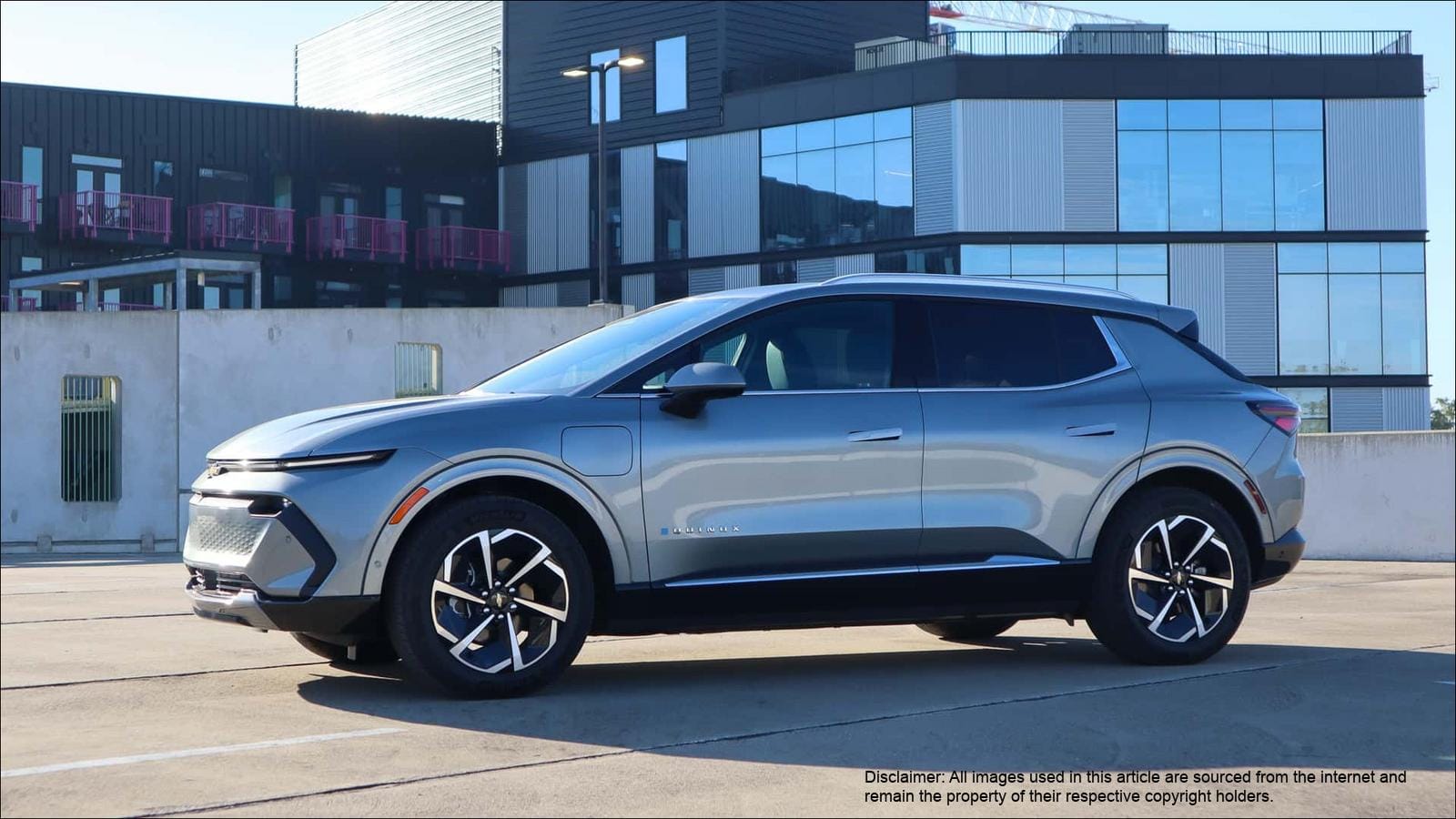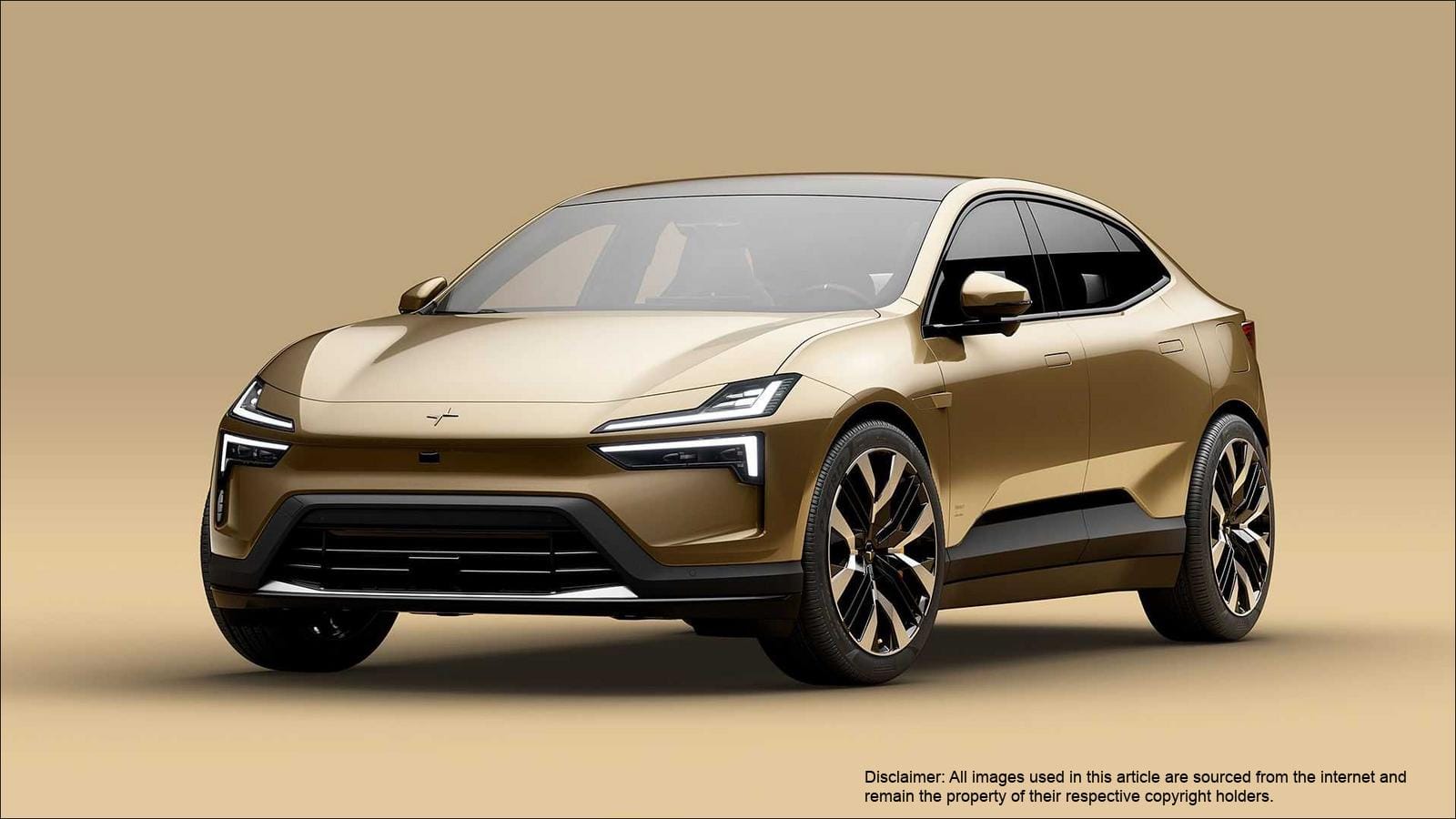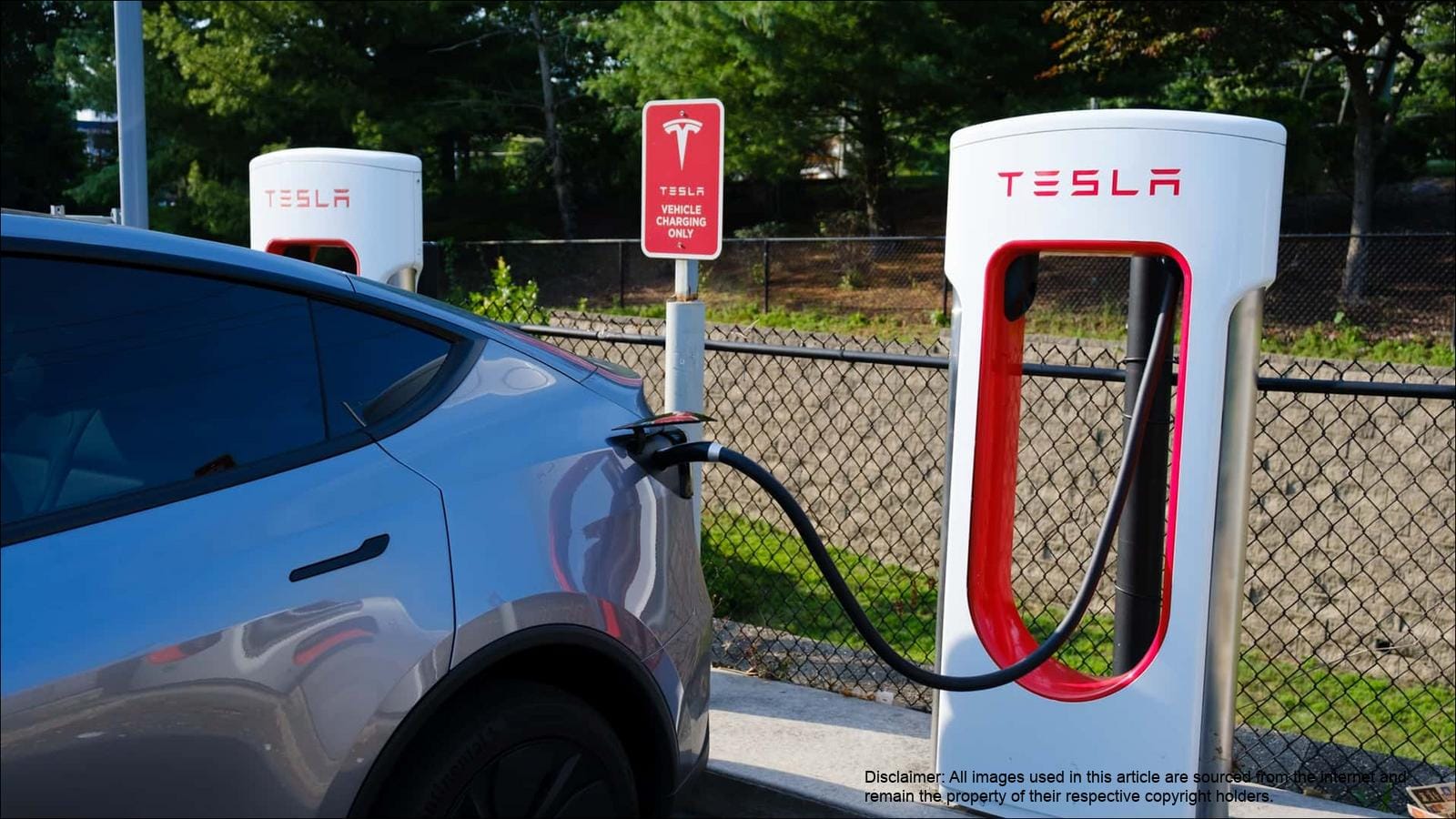The Looming Impact of Trump Tariffs
Despite the positive performance indicators, GM faces a significant challenge in the form of potential tariffs on foreign-made cars and auto parts. These tariffs, enacted under the Trump administration, are projected to negatively impact GM’s bottom line by $4 to $5 billion this year. Consequently, GM has revised its predicted annual earnings for 2025 downward. Barra stated, “Incorporating the positive impact of the administration’s actions this week, we are updating our full-year adjusted guidance to a range of $10 billion to $12.5 billion, including a current tariff exposure of $4 billion to $5 billion,” referencing a plan to somewhat reduce tariffs before implementation.
Industry experts, as noted by InsideEVs, believe that the proposed tariff reduction will not be sufficient to offset the substantial financial impact of more expensive components and vehicles. These tariffs are part of a broader effort to “shock-reshore” American manufacturing jobs. However, they arrive at a critical juncture for GM and other automakers, who are investing heavily in electrification, autonomous driving, and other forward-looking technologies. The increased costs and trade uncertainty introduced by the tariffs could hinder these investments, potentially slowing down innovation and expansion. Meanwhile, China’s automotive industry is rapidly advancing in the EV sector, expanding into markets like Europe and Latin America, posing a competitive threat to established automakers like GM.
| Metric | Value |
|---|
| Projected Impact of Tariffs on GM’s Bottom Line | $4 to $5 Billion |
| Revised Full-Year Adjusted Guidance | $10 Billion to $12.5 Billion |




















